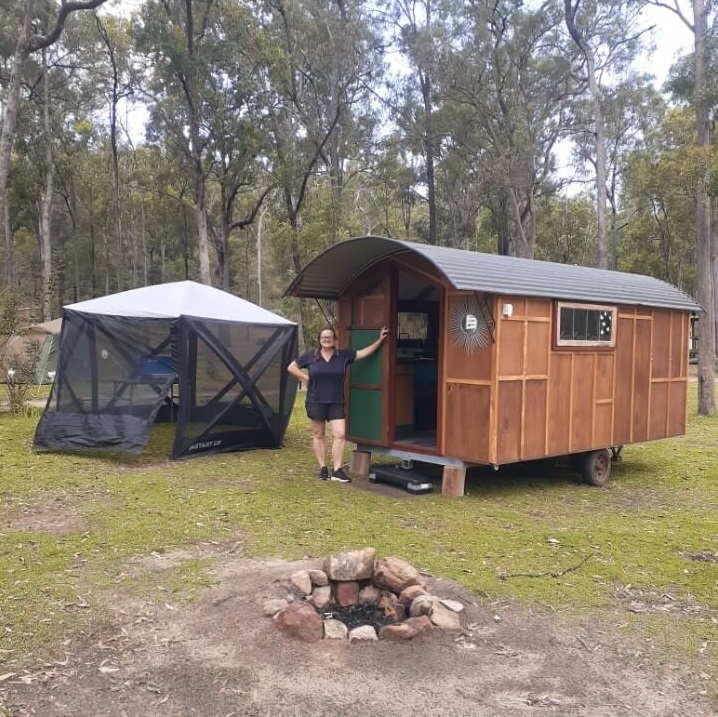

The history of the gypsy wagon, also known as a Romani vardo or caravan, is deeply intertwined with the nomadic culture of the Romani people, who originated in India and migrated to various parts of the world, including Europe. The gypsy wagon played a vital role in the Romani way of life, providing a mobile and functional home for families as they traveled in search of work, trade, and opportunities.

Key developments and milestones in the history of the gypsy wagon include:
1. Origins in India:
The roots of the gypsy wagon can be traced back to India, where the Romani people, also known as Gypsies, originated. Early versions of mobile dwellings were used by various nomadic groups, including the Romani, to facilitate their lifestyle as they migrated across regions.
2. Migration to Europe:
Around the 9th century, the Romani people began migrating to Europe, bringing with them their distinct culture and traditions. As they traveled through different countries and regions, they adapted their mobile dwellings to suit the changing environments and climates.
3. Development of the Vardo:
The gypsy wagon, known as the “vardo” in the Romani language, evolved into a distinctive and intricate form of craftsmanship. Vardos were typically horse-drawn caravans characterized by ornate woodwork, vibrant paintwork, and intricate carvings. They featured a curved roof, wooden wheels, and compact yet functional interiors.
4. Nomadic Lifestyle:
The vardo played a crucial role in the Romani way of life, providing a sheltered space for sleeping, cooking, and living while on the move. Families often lived in close-knit communities, and vardos were essential for transporting belongings, tools, and provisions.
5. Cultural Symbolism:
The vardo held deep cultural and symbolic significance for the Romani people. It represented their identity, independence, and resourcefulness. The ornate designs and personal touches on each vardo reflected the owner’s heritage and status within the community.
6. Decline and Modern Revival:
As societal changes, urbanization, and government policies impacted traditional nomadic lifestyles, the use of vardos for daily living declined. However, the romanticized image of the gypsy wagon persisted in literature, art, and popular culture. In recent decades, there has been a revival of interest in the vardo and a renewed appreciation for its craftsmanship and cultural significance.
Today, the gypsy wagon continues to inspire creative interpretations and adaptations, from recreational trailers to tiny homes, capturing the essence of a nomadic and adventurous lifestyle. The history of the gypsy wagon remains a testament to the resilience, creativity, and adaptability of the Romani people, as well as a fascinating glimpse into the broader history of nomadic cultures and their contributions to the world.
